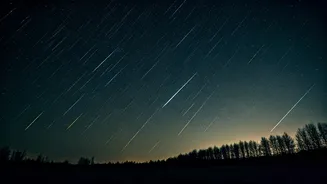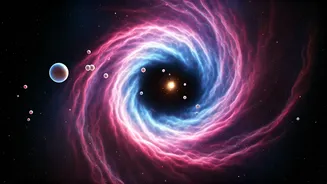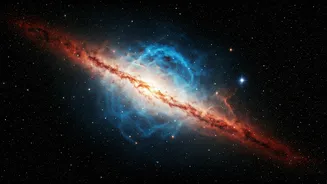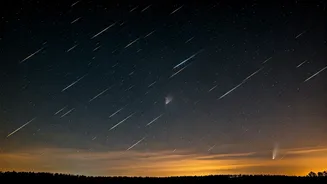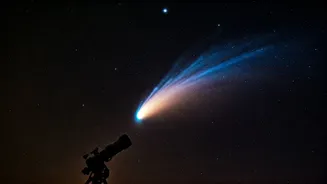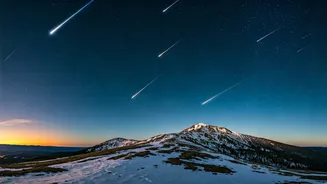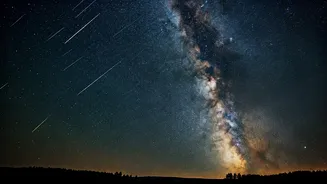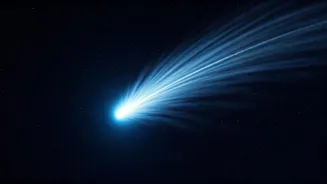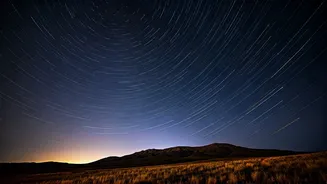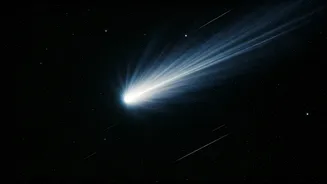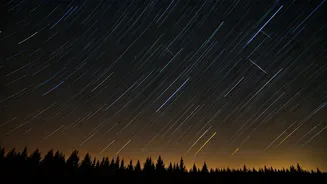About the Orionids
The Orionid meteor shower is a highly anticipated annual event. It's a breathtaking display of celestial phenomena, originating from Halley's Comet, which
offers skywatchers the chance to witness up to 15 meteors per hour. These meteors zip across the sky at an astonishing 238,000 kilometers per hour. Tiny particles, often no bigger than grains of sand, left behind by the comet, enter the Earth's atmosphere and burn up, creating luminous streaks. Some meteors may appear faint, while larger ones produce bright trails. Occasionally, meteors can even outshine the planet Venus; these are called fireballs.
Global Visibility
The beauty of the Orionids is that they're visible across both the Northern and Southern hemispheres. To optimize your viewing experience, the timing is crucial; the best views are usually after midnight. NASA suggests lying flat on your back, with your feet pointing southeast in the Northern Hemisphere or northeast in the Southern Hemisphere, and gazing up at the sky. The only real hindrances to witnessing this celestial show are cloud cover and the presence of city lights. Finding a dark spot away from city lights, with an unobstructed view of the sky, is highly recommended to fully appreciate the spectacle. Remember, the key is to let your eyes adjust to the darkness.
Where to Look
The radiant, the point from which the meteors appear to originate, is in the constellation Orion. To find Orion, look eastward after midnight for the constellation to rise, positioned just north of the red-tinged star Betelgeuse. A key identifier for Orion is the line of three bright, closely aligned stars, also known as Orion's Belt. This familiar pattern serves as your guide to spotting the meteor shower. No special equipment, such as binoculars or telescopes, is required to view the Orionids; the show is entirely visible to the naked eye. This makes the Orionids accessible for anyone interested in observing the night sky.
Comets on Display
During the meteor shower, skywatchers also had the chance to spot Comet SWAN and Comet Lemmon, as they passed relatively close to Earth. Comet SWAN takes an astounding 22,554 years to complete one orbit around the Sun, while Comet Lemmon takes 1,350 years. This event, therefore, offered a unique opportunity to potentially witness these rare comets alongside the Orionid meteor shower. The presence of these comets added another layer of excitement to the celestial display, making the night sky even more intriguing for astronomy enthusiasts. Observing these celestial bodies requires patience and a good vantage point to fully appreciate their presence.
